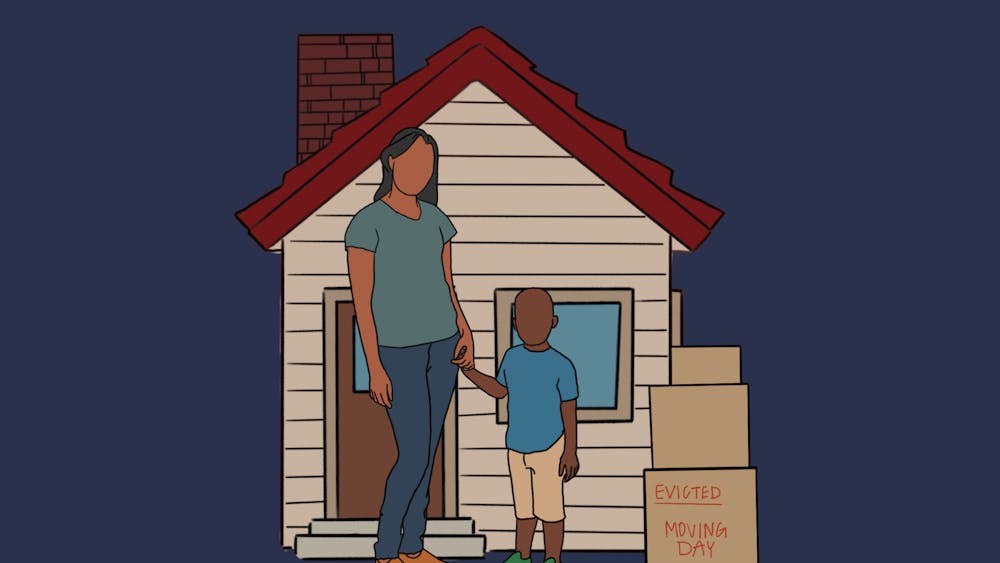During periods of time when a tenant is not around, subleasing a property may be a convenient way to keep up with the cost of rent and utilities.
IU junior Arpan Kapoor took advantage of this option by renting out a room of his house to an acquaintance this semester.
Kapoor said subletting is a good option when tenants choose to study abroad or transfer universities. However, because so many students choose to study abroad, there are often more units available than there are sublessees. As a result, it is best to start a few months early when looking for a sublessee.
“The process basically involves looking into houses as early as possible since most people who study abroad find out months in advance,” he said. “You will ask friends, look on classifieds or put up an advert ... then get to know the person and sign the lease.”
The first step should always be to check with the landlord to see if they allow subletting in their lease, Kapoor said.
Kapoor said he also spoke to local agents for advice before starting the search. This consultation with local agents allowed Kapoor to set a more competitive rent. Kapoor also offered a minor discount because of how late it was when he found his new tenant. Most property manager suggest a 5- to 10-percent discount.
Despite the potential benefits of subletting, Kapoor said there are risks as well.
“There are risks associated with subletting, such as the tenant not being able to get along with the other roommates, them trying to back out of paying the full amount or even them trashing the place,” Kapoor said. “If the right tenant is chosen, however, then it can be very beneficial for both parties.”
Kapoor said the best way to avoid these risks is to get to know your new tenant ahead of time. Another way is to set strict rules and penalties within the sublease contract.
“Just getting to know them would be the best advice I can give,” Kapoor said. “I would also request a safety deposit right after signing ... and include penalties for late payments in the housing contract.”





